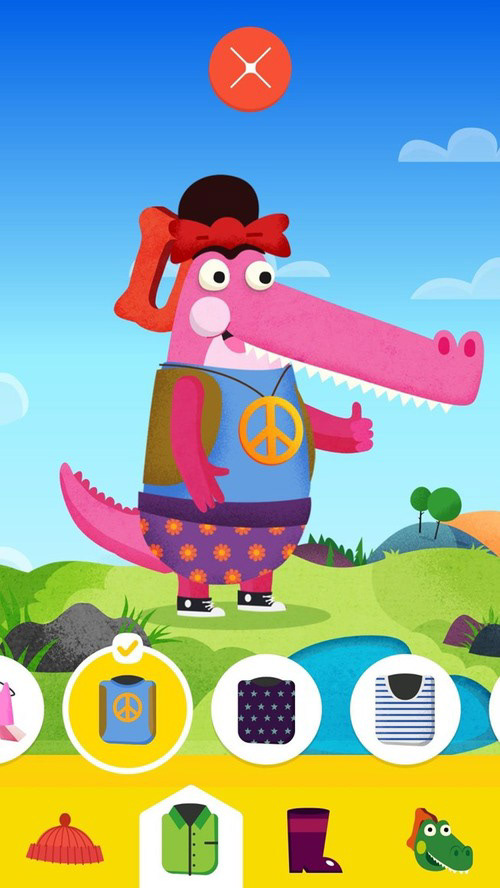Problem
Kids have greater access to technology than ever before. They are primary users of mobile technology in the household and view these devices as equals to their toys. However, accidental purchases, inappropriate content and unexpected access to work email can create havoc for parents. How might we help both parents and kids have their own spaces on these devices without causing unintended consequences?
User research
To understand the needs of parents and kids in digital households, my team leveraged our friends and family network to interview families with kids in the age range of 3-5 years of age. We visited four households and spoke with 8 kids over the span of a week.
I was responsible for authoring the interview guides, one for parents and the other for kids. I structured the guide around hot-topic areas for parents such as: profile security, device management and preferred apps for kids.
For the kids, I created a hands-on activity to help them express their likes, dislikes and pain points dealing with their parents. I asked them to 'build your own phone,' in which they were given a handful of pictures representing popular apps in the market, as well as activities associated with the phone (e.g. calling a family member). They were limited to five things and I asked them to explain why they chose them.
Key findings
After the research was complete, we synthesized our observations as a group to validate our initial assumptions and inspire new features. There were very strong emerging themes:
•Parents want to offset the 'bad guy' to phone, allowing them to set time limits
•Parents want visibility into what their kids are doing and how much time they're using mobile devices
•In cases where there's an incoming phone call, Parents need a way to quickly dismiss Kids mode
•Kids don't want to be treated 'like a baby' and want an experience that's cool
•Kids used the photo gallery as a way to engage in storytelling and like modifying images
•Younger kids found mico-interactions, such as immersive lock screens to be just as interesting as 3rd party apps
UX concepts
Using the insights and themes from the research, the team broke into pairs to develop personas that would guide new features and push the interactions in the experience. Each persona included a name, description, and ideas for different parts of the experience, such as the lock screen or photo gallery.
The personas were also expanded into isometric views of how the app might be organized and some of the global elements that would shape the experience. This is the organization of the app I designed for the 'Curious George' concept.
After a round of feedback from the Samsung stakeholders, it was determined the 'Curious George' and 'Rebel' personas were the most exciting and viable to the core features and functionality that were required for the MVP experience. Those features included: a home screen, messenger, dialer, and gallery.
Through feature exploration and hero flows, I developed concepts for how kids can use kids mode to communicate with a whitelisted group of contacts set by the parent. It was important to me that kids of various stages of development could share and send messages without the need to type. Functionality such as basic voice recording and voice manipulation through fun filters were exciting additions to the scope that Samsung approved after seeing the initial sketches.
Shipped designs
For the final delivery to Samsung, I was in charge of creating the interaction guidelines for the app user experience. The guide included global interactions, hero flows, and annotations collated into a single specification document. The document was delivered to the Samsung development team to code and implement. Below is the working table of contents for the specification document.
MVP fast follows
Given the success and positive reception of the MVP experience for Kids mode, Samsung renewed their contract with us for additional ideation work for Kids mode v2. They wanted to see what ideas we had for continuing to build out a 'world' that grows along with the child as their skills develop. I doubled-down on the development of characters for Samsung that would embody different characteristics and traits that kids would find appealing, such as curiosity and a zen presence when they need to wind-down.




Project learnings and challenges
Working with the right customer was key to the success of this launch. Samsung was very open to our ideas and we met with them on a regular cadence to work through the animations and execution of interaction design docs to ensure the intended design came through. They also had an extremely talented group of engineers who we worked with in parallel to bring all our ideas to life.
